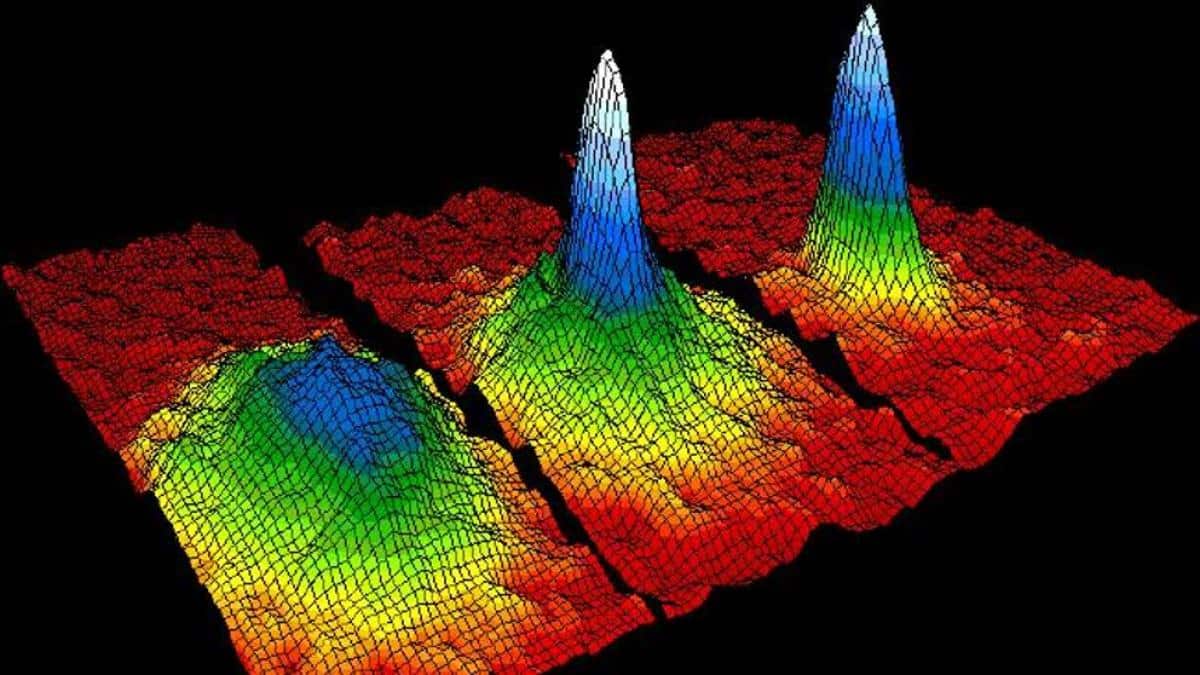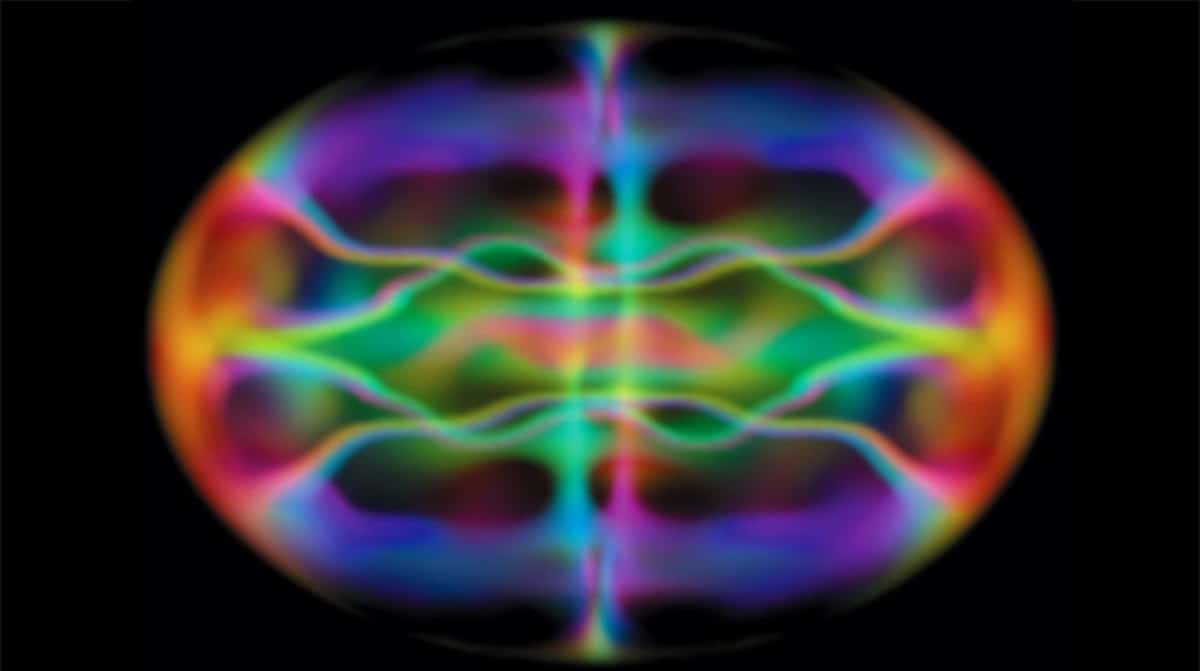
Matter can be found in various aggregate states, among which we find solids, gases, and liquids; however, there are other types of lesser-known states, one of which is known as Bose-Einstein condensate, considered by many chemists, scientists and physicists as the fifth state of matter.
In this article we are going to tell you what the Bose-Einstein condensate is, its characteristics, applications and much more.
What is the Bose-Einstein condensate

A Bose-Einstein Condensate (BEC) is an aggregate state of matter, like the usual states: gaseous, liquid and solid, but It occurs at extremely low temperatures, very close to absolute zero.
It consists of particles called bosons that, at these temperatures, reside in the lowest energy quantum state known as the ground state. Albert Einstein predicted this in 1924 after reading a paper on photon statistics sent to him by the Indian physicist Satyendra Bose.
It is not easy to obtain the temperatures needed to form Bose-Einstein condensates in the laboratory, reason why until 1995 it was not possible to have the necessary technology. That year, the American physicists Eric Cornell and Carl Wieman and the German physicist Wolfgang Ketterle managed to observe the first Bose-Einstein condensates. The Colorado scientists used rubidium-87, while Keitel obtained it through a highly dilute gas of sodium atoms.
Because these experiments opened the door to a new field of study of the properties of matter, Kettler, Cornell, and Wieman received the 2001 Nobel Prize. It is precisely because of the extremely low temperature that gas atoms with certain properties form an ordered state, all of which manage to acquire the same reduced energy and momentum, which does not happen in ordinary matter.
Key features

As previously mentioned, matter not only has three basic states of liquid, solid, and gas, but on the contrary, there is a fourth and a fifth state that are plasmatic and ionized. A Bose-Einstein condensate is one of these states and has several characteristics:
- It is an aggregate state made up of a collection of bosons which are elementary particles.
- It is considered the fifth state of aggregation that materials can assume.
- It was first observed in 1995, so it's pretty new.
- It has a condensation process close to absolute zero.
- It is super fluid, which means it has the substance's ability to eliminate friction.
- It is superconducting and has zero electrical resistance.
- It is also known as a quantum ice cube.
Origin of the Bose-Einstein condensate

When a gas is enclosed in a container, the particles that make up the gas are normally kept at a sufficient distance from each other that there is very little interaction, apart from the occasional collision with each other and with the walls of the container. Hence the well-known ideal gas model is derived.
However, the particles are in permanent thermal agitation, and the temperature is the decisive parameter for the speed: the higher the temperature, the faster they move. Although the speed of each particle can vary, the average speed of the system remains constant at a given temperature.
The next important fact is that matter consists of two types of particles: fermions and bosons, distinguished by their spin (intrinsic angular momentum), which are completely quantum in nature. For example, electrons are fermions with half-integer spins, while bosons have integer spins, which makes their statistical behavior different.
Fermions like to be different and therefore obey the Pauli exclusion principle, according to which two fermions in an atom cannot have the same quantum state. This is the reason why the electrons are in different atomic orbitals and therefore do not occupy the same quantum state.
Bosons, on the other hand, do not obey the repulsion principle and therefore have no objection to occupying the same quantum state. The difficult part of the experiment is keeping the system cool enough so that the de Broglie wavelength stays high.
The Colorado scientists accomplished this by using a laser cooling system that involves hitting atomic samples head-on with six laser beams, causing them to suddenly slow down and thus greatly reduce their thermal disturbances.
The slower, cooler atoms are trapped in the magnetic field, allowing the faster atoms to escape to further cool the system. Atoms confined in this way managed to form a small blob of the Bose-Einstein condensate for a short time, which lasted long enough to be recorded in an image.
Applications
One of the most promising applications of the Bose-Einstein condensate is in the creation of precision devices for the measurement of time and the detection of gravitational waves. Because the atoms in a condensate move as a single entity, they are much more accurate than conventional atomic clocks and can be used to measure time with unprecedented precision.
Another aspect where this fifth state of matter can be applied is in quantum computing, which could allow the creation of computers much more powerful and efficient than the current ones. Atoms in a condensate can be used as qubits, the basic building blocks of a quantum computer, and their quantum properties could enable much faster and more accurate calculations than possible with conventional computers. This is why there is a lot of talk about quantum computers these days.
In addition, the Bose-Einstein condensate is also used in materials physics research and in the creation of new materials with extraordinary properties. For example, it has been used to create superconducting materials that could revolutionize the electronics industry and allow the creation of much more efficient and powerful devices.
I hope that with this information you can learn more about the Bose-Einstein condensate, its characteristics and applications.